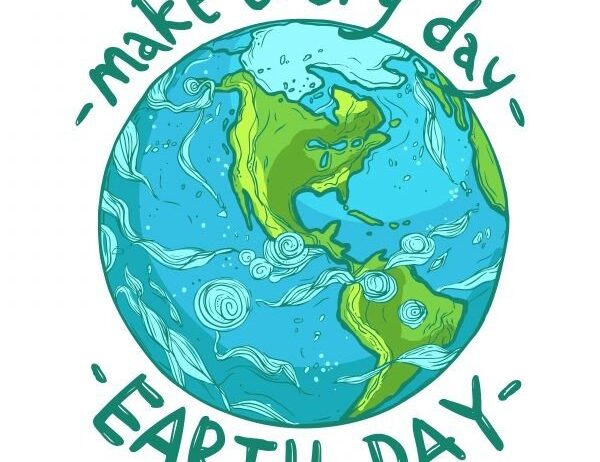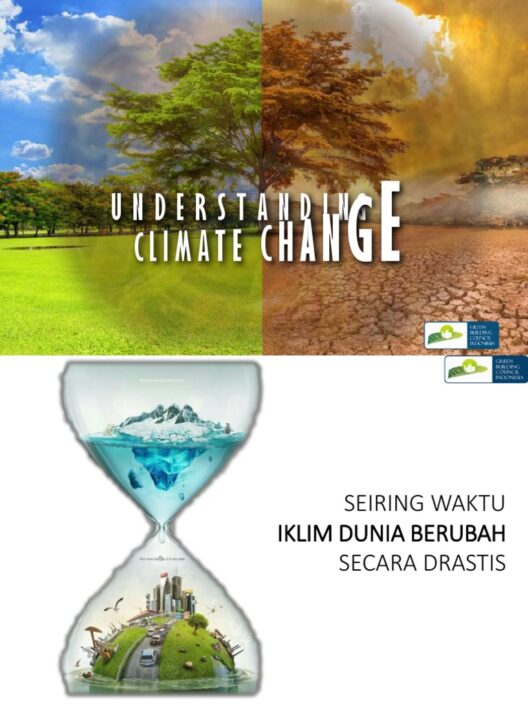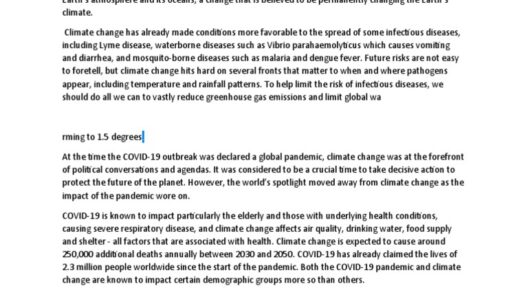Global warming, an urgent crisis confronting our planet, is not merely a distant concern; it is a manifest reality that demands immediate action. As global temperatures rise, the repercussions are vividly felt through frequent natural disasters, altered weather patterns, and dwindling biodiversity. However, amid this dire predicament lies a plethora of hopeful steps that individuals, communities, and governments can undertake to mitigate climate change and foster a cooler planet. This exploration embarks on a journey through the most efficacious strategies to combat global warming, revealing paths illuminated by optimism and possibility.
At the crux of this endeavor is the transition to renewable energy sources. The reliance on fossil fuels has been a primary driver of greenhouse gas emissions. By investing in solar, wind, hydroelectric, and geothermal energy, society can significantly reduce its carbon footprint. Solar panels, transforming sunlight into electricity, are becoming increasingly cost-effective and widespread. Wind turbines harnessing the power of gales offer another promising avenue. Moreover, governments can encourage this shift through incentives for clean energy adoption and the phasing out of subsidies for fossil fuels. Indeed, a robust transition to renewable energy is fundamental in arresting the trajectory of global warming.
Equally important is the reformation of transportation systems. The combustion of fossil fuels in vehicles contributes substantially to carbon emissions. Therefore, promoting the use of public transport, cycling, and walking can curtail vehicular emissions. Electric vehicles (EVs) present a viable alternative, shedding traditional fossil-fuel reliance. Furthermore, enhancing infrastructure for cyclists and pedestrians fosters a more sustainable urban design. City planners must prioritize the development of efficient public transportation networks that are accessible and appealing to encourage widespread adoption.
Concurrently, agricultural practices must be revolutionized. Agriculture is both a victim and a contributor to climate change. Intensive farming techniques lead to soil degradation and pollution, while deforestation for agricultural expansion exacerbates carbon emissions. Regenerative agriculture, emphasizing crop rotation, cover cropping, and the preservation of hedgerows, can restore ecosystems while sequestering carbon in the soil. Additionally, promoting plant-based diets contributes to significant drops in carbon emissions associated with meat production. Public awareness campaigns that illuminate the benefits of sustainable eating can spark transformative changes in consumption habits.
Preserving and restoring natural ecosystems is another crucial element. Forests, wetlands, and grasslands serve as carbon sinks, absorbing significant amounts of CO2 from the atmosphere. Ensuring the protection of these vital habitats from deforestation and degradation is imperative. Reforestation initiatives, where native trees are replanted, can rejuvenate ecosystems and bolster biodiversity. Grassroots movements advocating for local conservation can foster a sense of stewardship, igniting community participation in safeguarding local environments.
Moreover, climate education plays a pivotal role in engendering awareness and action. When individuals are informed about the mechanisms of climate change, they are more likely to engage in sustainable practices. Educational programs should focus on disseminating knowledge about carbon footprints, renewable energy, and conservation strategies. Schools, communities, and organizations can collaborate to foster educational campaigns that emphasize both the urgency of climate action and the joy of participating in solutions.
Carbon pricing mechanisms, including carbon taxes or cap-and-trade systems, can effectively incentivize companies to reduce their emissions. By establishing a financial cost for carbon emissions, businesses are motivated to innovate and adopt greener technologies. Such economic measures can simultaneously drive investment in clean energy and hold polluters accountable. Policymakers must champion these initiatives to foster a marketplace that rewards sustainability rather than environmental degradation.
In addition to these strategies, international cooperation is indispensable. Climate change is a global issue, transcending national borders. The Paris Agreement embodies a collective commitment among nations to limit global warming to well below 2 degrees Celsius. Countries must enhance their climate pledges and engage in collaboration for technology transfer and financial support to developing nations. By uniting under a shared vision of planetary health, nations can make significant strides towards mitigating climate change.
While the challenges posed by global warming may seem insurmountable, the collective actions of individuals, communities, and governments can yield a cooler, more sustainable planet. Hope springs not from inaction but from the possibility of transformative change. By embracing renewable energy, rethinking transportation, reshaping agricultural practices, conserving ecosystems, fostering education, implementing carbon pricing, and nurturing international cooperation, humanity can navigate a hopeful path forward. Each step taken, no matter how small, contributes to the overarching tapestry of climate action. As we are called to address this monumental challenge, the opportunity to cultivate a healthier planet emerges as a shared responsibility, one that requires unwavering commitment and visionary resolve.
Ultimately, climate change does not only present a series of daunting challenges; it invites us to innovate and adapt. It beckons us to envision a future where harmony with nature is not merely an aspiration but a reality. Change is indeed possible, and the journey towards that cooler planet begins with our resolute steps today.








